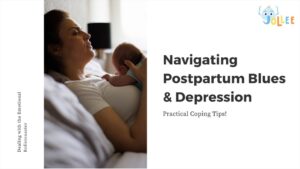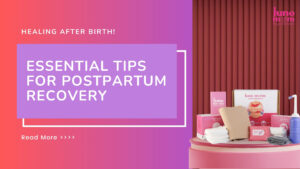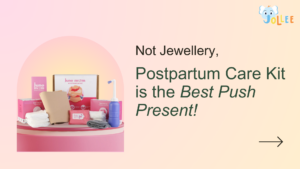Picture this: the joy, the tears, and the arrival of your little munchkin. The miracle of childbirth is undeniably one of life’s most incredible moments, but it’s no secret that it comes with its own set of challenges, especially for the new mom. As dads, witnessing your partner navigate this period might make you feel concerned. How can you ease the discomfort- the postpartum pain and make her recovery as smooth as possible?
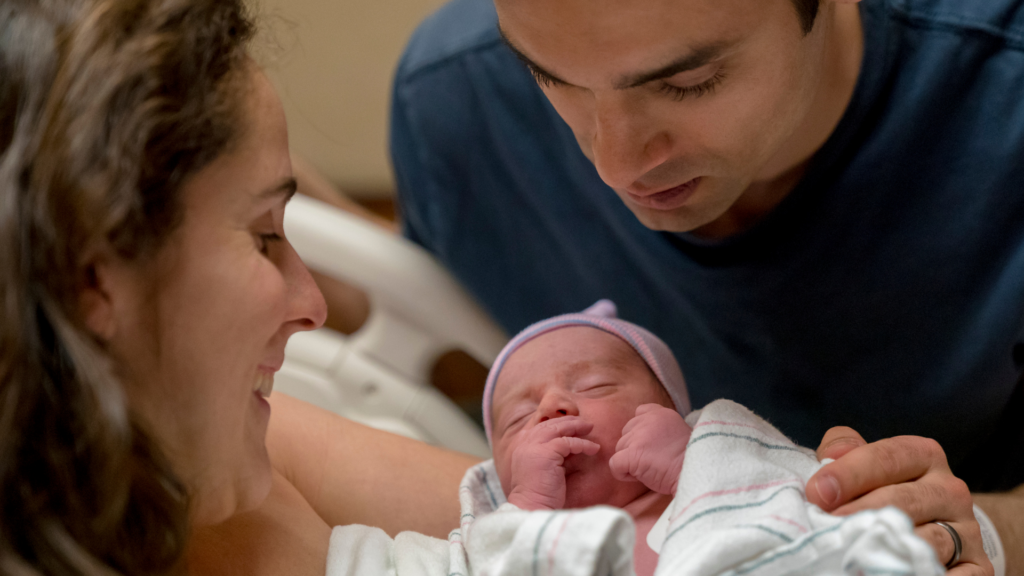
In this blog, we’ll explore practical tips for managing postpartum pain and ensuring a comfortable recovery for the superhero in your life.
Understanding Postpartum Pain
Before we dive into the tips, let’s briefly understand the common sources of postpartum pain.

From sore muscles and perineal discomfort to abdominal pain and breastfeeding challenges, new moms can experience a range of physical discomforts. Being aware of these challenges is the first step toward providing the right support.
Tips for Dads to Alleviate Postpartum Pain
Master the Art of Comfortable Positioning
Help your partner find comfortable positions for feeding, sleeping, and resting. Use pillows strategically to provide support where it’s needed.
Football or Clutch Hold
This position is great for mothers who are recovering from a c-section. The baby is placed under the arm like a football, facing the breast. The baby’s neck and head are supported by the hand and their back is supported by the elbow.
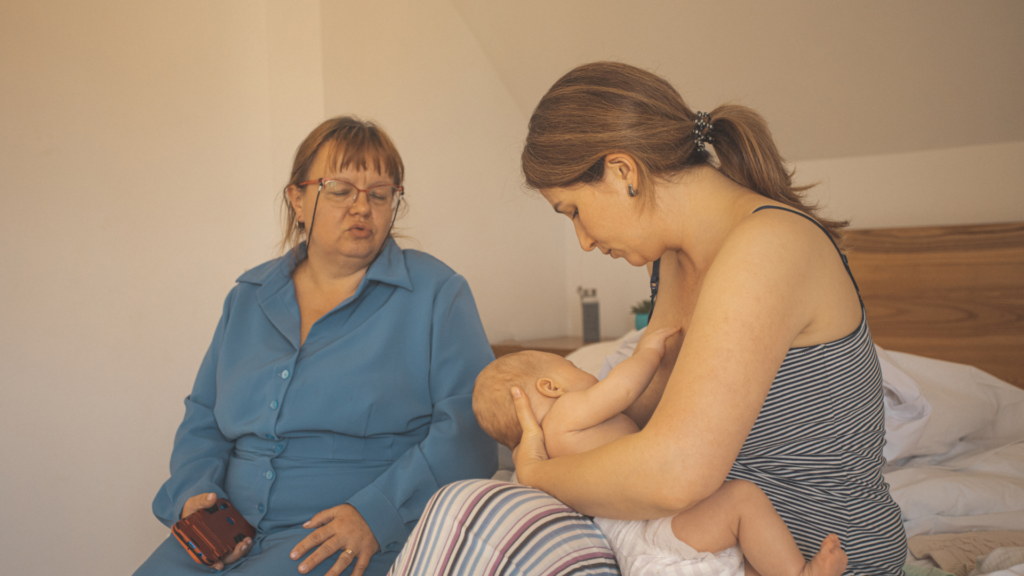
Side-lying position
This position allows both mom and baby to relax while feeding. The mom lies on the side with the baby facing her, supported by her arm. The side-lying position is also the most recommended sleeping position for pregnant and postpartum women. Use pillows to support her head, neck, belly, and back. You can also place a pillow between her legs for additional comfort.

Warmth and Relief
Warm compresses can work wonders. Prepare a soothing warm compress for areas of discomfort, such as the perineum or lower back.
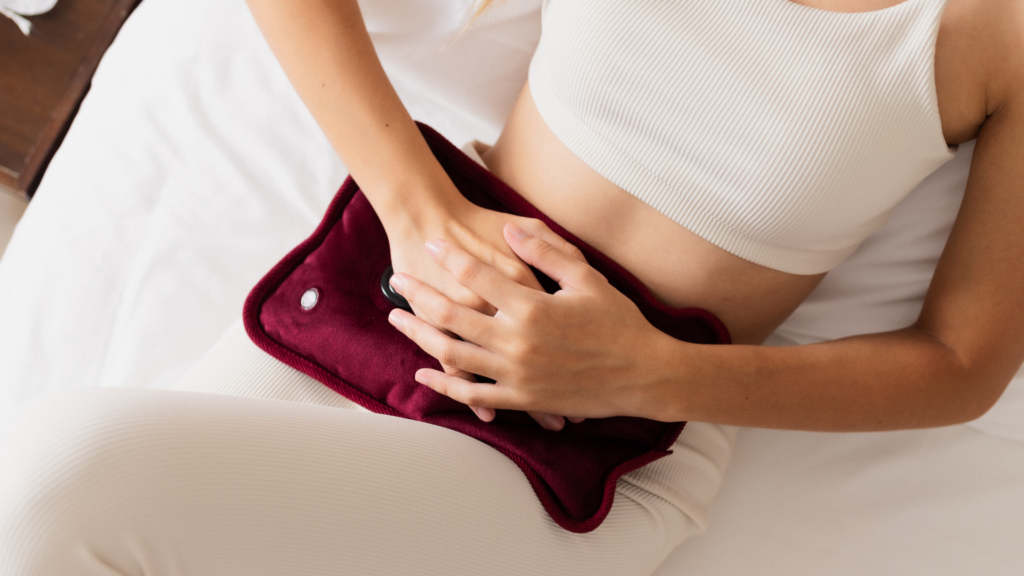
Encourage Gentle Movement
Gentle postpartum exercises, like pelvic tilts or slow walks, can aid in recovery. Be her partner in these exercises, ensuring a gradual and comfortable return to physical activity.
Pelvic Floor Exercises
These exercises strengthen the muscles supporting the bladder, uterus, and rectum, promoting bladder control and preventing prolapse.
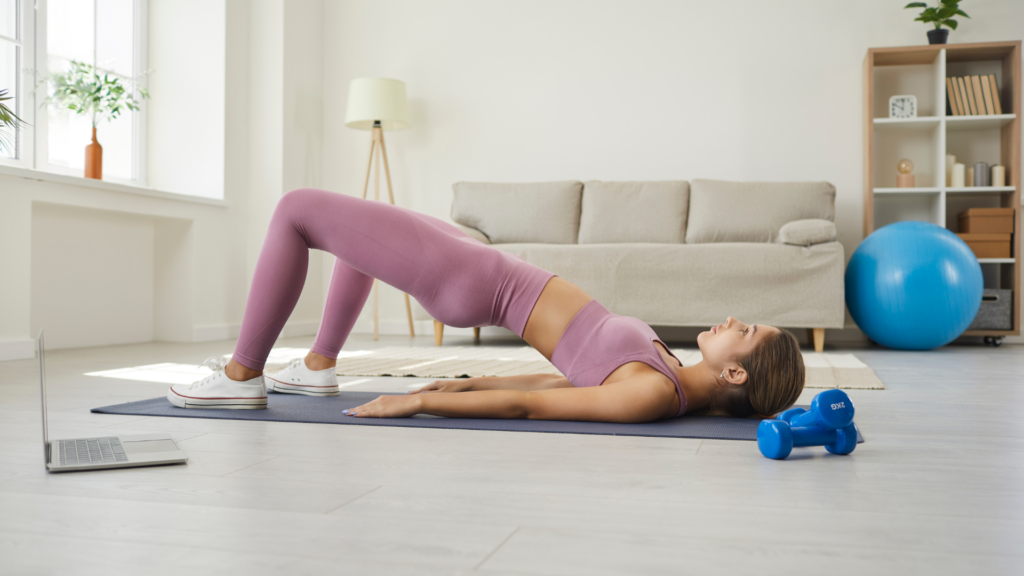
Instructions: Contract the pelvic floor muscles as if stopping urination. Hold for a few seconds, then relax for a few seconds. Repeat 10 times, 3 times a day.
Deep Breathing
Deep breathing helps relax the mind and body, improving circulation and reducing stress.
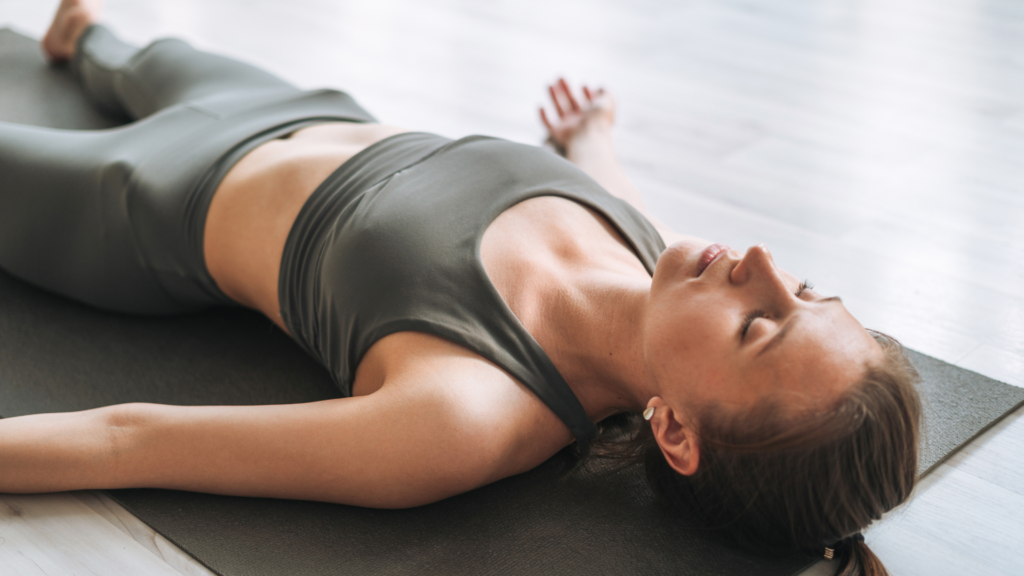
Instructions: Lie on the back with knees bent and feet flat on the floor. Breathe in slowly through the nose, filling the belly with air. Exhale slowly through the mouth.
Hydration and Nutrition
Help maintain a diet rich in nutrients and hydration, which are essential for healing. Prepare nourishing meals and keep her favourite snacks within arm’s reach.

Take Charge of Pain Medication Schedules
Keep track of pain medication schedules as prescribed by healthcare professionals. Additionally, set alarms or reminders to ensure timely relief.
Create a Relaxing Atmosphere
Foster a calming environment with soft lighting, soothing music, or aromatherapy. Relaxation is key to managing postpartum pain.

The Power of Emotional Support
Beyond the physical, emotional well-being plays a pivotal role in postpartum recovery. Be a pillar of support—listen, validate feelings, and assure her that she’s doing an amazing job.
As a new dad, your role extends far beyond diapers and late-night feedings. By actively participating in the management of postpartum pain, you contribute significantly to your partner’s well-being during this transformative period.
Moreover, every small effort counts in creating a comfortable and supportive environment for her recovery. Together, you’ll navigate the postpartum journey, fostering not just healing, but also a deeper connection as a family.
For more Tips, Check Out: Jollee’s Blog
Discover More Parenting Content on Jollee’s Dad-Corner



